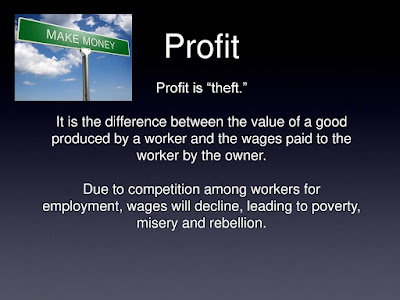Alabama Gov. Ivey approves COVID-19 relief funds for prison construction

Alabama Gov. Kay Ivey signs legislation in 2019. Earlier this week, she signed a bill funding new prison construction. File Photo courtesy of Alabama governor's office
| License Photo
Oct. 2 (UPI) -- Alabama will build new prisons with federal COVID-19 pandemic relief dollars under a bill signed by the state's Republican governor.
The $1.3 billion plan to build two new men's prisons is intended to address overcrowding issues in its current facilities that have drawn scrutiny from the U.S. Department of Justice, reports AL.com.
Signed by Gov. Kay Ivey, the legislation directs $400 million from the American Rescue Plan Act, a coronavirus relief bill passed by Congress earlier this year. The rest will be funded with a $785 million bond and $154 million in state funds.
Ivey, speaking at a press event Friday, called the plan an "Alabama solution" to problems facing the state's prison system that has been subject to 15 federal mandates over conditions while draining state funds. She said the construction of the prisons was a major step forward in reforming the state's criminal justice system.
"Addressing these challenges through the construction of new prison facilities is the legal and fiscally sound thing for us to do," she said. "And it's also morally the right thing to do to ensure we have safe working conditions for our corrections staff and proper rehabilitation capabilities for the inmates."
One of the 4,000-bed men's prisons will be built in Elmore County and will focus on addiction treatment programs as well as mental health services and education. The second will be built in Escambia County.
The move had drawn criticism from Democrats. Earlier this week, U.S. Rep. Terri Sewell, D-Ala., said in a statement that he was "deeply disturbed" by the state's plan to use the money on prisons while COVID-19 was still spreading rapidly among its population.
RELATED States can use pandemic funds to extend unemployment benefits
"Alabama currently has the highest COVID-19 death rate in the country," he said. "To be clear, the current state of the Alabama prison system is abhorrent, but the use of COVID-19 relief funds to pay for decades of our state's neglect is simply unacceptable."
U.S. Rep. Jerry Nadler, D-N.Y., who chairs the House judiciary committee, sent a letter to Treasury Secretary Janet Yellen asking her to block states from using relief money for prisons, The Hill reported.
He said that using the money to "fuel mass incarceration" runs against the purpose of the relief package, harming communities of color already disproportionately impacted by over-incarceration and the effects of the pandemic.
RELATED Alabama Gov. Kay Ivey signs law banning COVID-19 'vaccine passports'
Ivey responded with a statement, telling Nadler to focus on the federal government's own fiscal challenges.
"The Democrat-controlled federal government has never had an issue with throwing trillions of dollars toward their ideological pet projects," she said in the statement. "These prisons need to be built, and we have crafted a fiscally conservative plan."


















